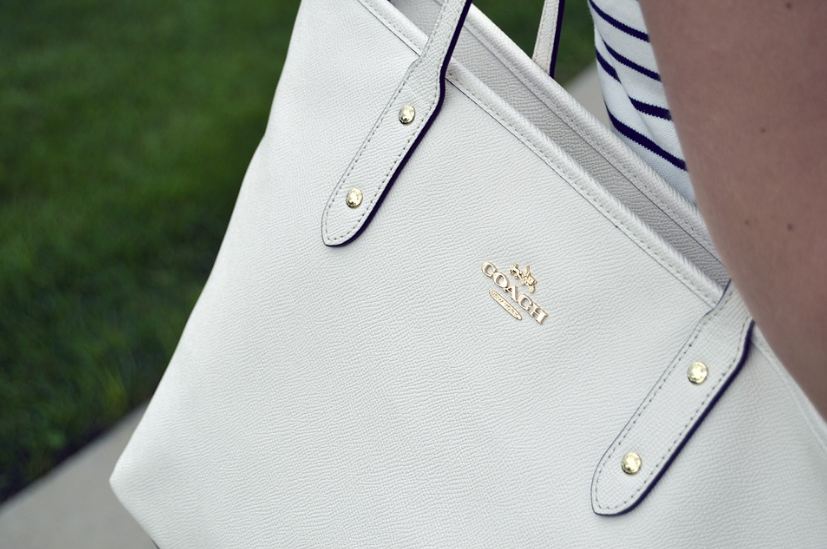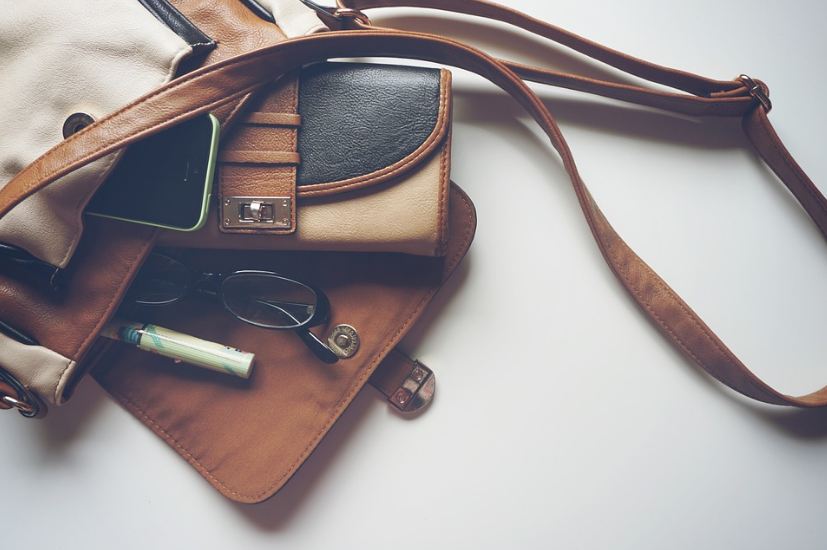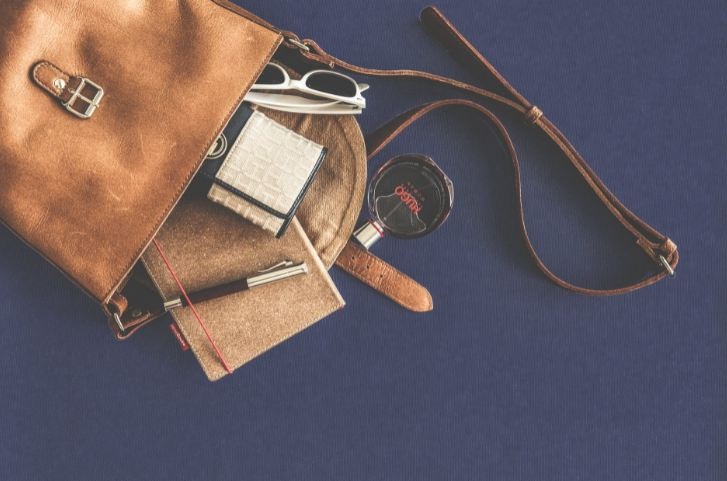There are currently dozens of popular luxury fashion brands that you will see in malls and numerous establishments around the world, but only a few of these brands stood the test of time and are still quite well-known even after 50 years. One of these timeless brands is Coach, an American design house founded in 1941 and is regarded as a coveted luxury brand in the fashion industry. To know more about this brand, here is a brief history and background of Coach.
Founding of Coach
The luxury brand called Coach was founded in 1941 as a simple family-run workshop that produces and sells handmade leather wallets and billfolds. The workshop was located in 34th Street, a major crosstown street located in one of New York City’s boroughs, Manhattan. According to historical records, the Coach workshop originally only had six leather workers. In addition, before it was named Coach, the workshop was called Gail Leather Products (also known as Gail Novelty Co.).
Five years after the founding of the leather company, Miles Cahn and his wife Lillian started working for the workshop for $50 a week. Interestingly, Cahn’s father was one of the four investors that helped start the company in 1941. It was reported that the investors gave Gail Leather Products $1000 each to purchase a workshop and several pieces of equipment. Although Cahn and his wife worked as employees of Gail Leather Products, they were also running a separate leather manufacturing company right around the same time.
Coach Under Miles and Lilian Cahn’s Ownership
By the early 1950s, Cahn began working as the manager that handled most aspects of the workshop. From wallets and billfolds, the company shifted its focus to making various kinds of men’s accessories using high-quality leather. By 1961, Miles and Lillian Cahn became full owners of Gail Leather Products. In the same year, they decided to change the name of the workshop to Coach Leatherware Company.
While searching for a way to improve the quality of the workshop’s products, Miles Cahn became inspired by the softness of used baseball gloves, which are made of high-quality leather that gets softer after numerous wears. In the days of attempting to replicate the quality of used baseball gloves, Cahn developed a process where the leather would be stronger while being softer and more flexible. In addition, the leather was also able to absorb dye really well, so the quality of the material’s colors surpassed what the workshop had made in the past.
In order to expand their target customers, Lillian Cahn suggested that the workshop should also start making women’s leather handbags that can be used for shopping or doing errands. Her husband didn’t like the idea at first, but after realizing that they could tap into a potentially huge market, as most of the handbags that you can buy back then were knockoffs made in other countries, Miles Cahn eventually approved of the idea. The approval would later become the key to Coach’s success in the future, as the brand is primarily known today for making the best leather handbags.
After Miles Cahn approved Lillian’s idea, she began working on a design for the first handbag that the workshop will work on. Lilian was inspired by the paper shopping bags that she once delivered for her family’s business in Pennsylvania when she was a child. The first Coach handbag that Lilian Cahn designed remains one of the most popular designs for the brand.
In 1961, shortly after acquiring full ownership of the workshop, Miles Cahn hired Bonnie Cashin, who primarily focused on sportswear designs. Cashin became a pioneer of many iconic Coach designs, including the famous silver toggle in bags, which was inspired by a car fastener that locks the top of a convertible sports car. In 1965, Richard Rose became an employee of the company and was responsible for making Coach more popular by selling the brand’s product in department stores around the United States and other countries. By 1981, Coach was able to open its first directly operated retail store in Madison Avenue, another location within Manhattan.
Coach Under Sara Lee
In 1985, after running the company for more than 20 years, Miles and Lillian Cahn decided to sell Coach, as they wanted to focus on operating their goat farm and cheese production business that was founded in 1983, which they have aptly named the Coach Farm. The workshop was then sold to Sara Lee Corporation for $30 million. Lewis Frankfort, a businessman who was hired by Miles Cahn as the vice president of business development in 1979, succeeded Cahn as the president of the company.
In 1996, Frankfort was named the CEO and chairman of Coach. In 1997, Frankfort hired Reed Krakoff to work as an executive creative director for the company. Krakoff was instrumental in making Coach a global brand that is known by people from different countries in the world.
Through the ownership of Sara Lee, Coach was structured under the company’s Hanes Group, a subsidiary that is currently responsible for handling multiple clothing companies, including Champion, Wonderbra, and the main Hanes company.
In 1986, Sara Lee opened two boutiques in Macy’s stores located in San Francisco and New York City. By the end of the same year, Coach had 12 stores and more than 50 boutiques around the world. Due to undisclosed reasons, Sara Lee decided to divest itself of Coach by selling 19.5% of their shares at the Coach Initial Public Offering in 2000. The company’s name was then changed to Coach, Inc. By April 2001, the remaining shares of Coach were given to Sara Lee’s stockholders through an exchange offer.
Coach in the 2010s and Beyond
In 2014, Reed Krakoff was replaced by Stuart Vevers as the new executive creative director for Coach. Around the same year, Frankfort announced that he would be retiring as executive chairman. Frankfort officially retired from his position in November 2014.
To expand the company’s business, Coach purchased the popular shoe company Stuart Weitzman in January 2015 for $574 million. Then, in 2017, Coach purchased another well-known luxury brand called Kate Spade for $2.4 billion. In October of the same year, CEO Victor Luis announced that Coach, Inc. would be renamed as Tapestry, Inc. to symbolize the company’s growing business that now includes the operation of other popular brands.
Coach remains one of the most highly-regarded luxury brands in the world, and its popularity will continue as the company finds new ways to adapt to the latest trends. In fact, in 2020, as the world was engulfed by a global pandemic that forced stores to close or have limited capacity, Coach did its best to move to a digital platform so that the company could sell luxury items online. In the future, we may eventually have a much easier time buying our dream Coach bags as the brand keeps improving its online platform.



